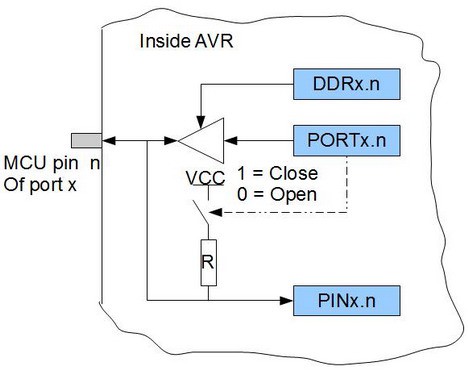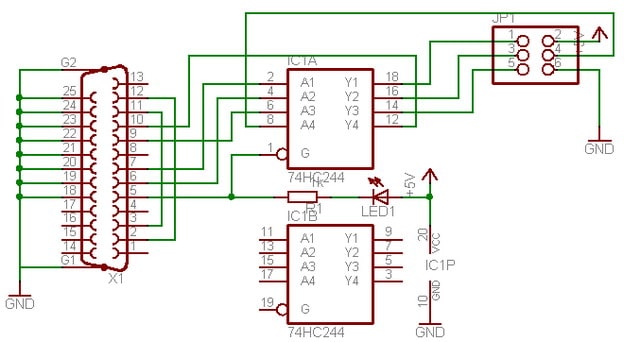Basic understanding of microcontroller interrupts

This tutorial is based on Atmega328 microcontroller, which is popular in Arduino boards. So you’ll be able to test all code examples on Arduino as it can serve as general purpose AVR test board with no problem. Understanding Interrupts Probably you won’t be able to find a microcontroller without interrupt capability. These are essential attributes of any modern microcontroller or processor. They may seem confusing and tricky at first glance, but during the time, you will find out that regular MCU operation is impossible without interrupts. Interrupts can be compared to real-life events. Look around – all your activities are full of them. For instance, you are reading this tutorial and find it interesting, so you are all in it. But suddenly, your cell phone rings. What do you do? You remember the last stroke you’ve read and answered the phone. One phone conversation is over; you return to your reading as if nothing happened. Well, this is only one example of interrupt to give some visual clue what interrupts are.






